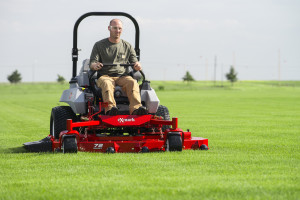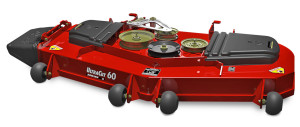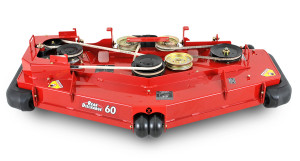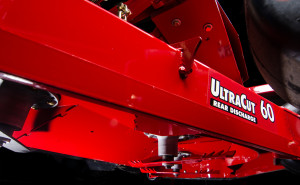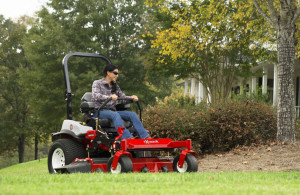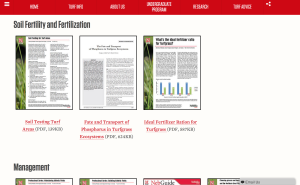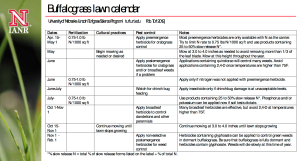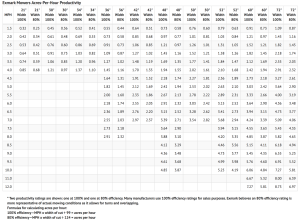Late-winter is a great time to take stock of your mower’s maintenance needs and get them taken care of before the spring growing season. That way, you’ll be ready to roll when the growth of your lawn hits full stride. Not only does a properly maintained mower perform better, but it will also last longer and be more reliable over the course of its life.
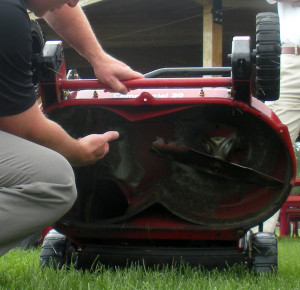
Nothing affects your mower’s quality of cut more than blade sharpness. It pays to keep ’em sharp.
Always consult your owner’s manual to determine what specific maintenance is necessary for your machine, but some common examples of spring mower maintenance items include:
- Cleaning — The most basic maintenance you can perform is giving your mower a thorough cleaning. Starting with a clean mower will make it easier to perform other spring maintenance items, and built-up dirt and grass clippings can reduce the performance of your machine.
- Blades — Your mower will cut faster and deliver a better quality of cut with sharp blades. Few parts affect cut quality and productivity as dramatically as sharp, balanced blades, and with practice, you can change a set of blades in less than ten minutes. It’s well worth the time and effort. One pro tip is to get an extra set of blades for your mower to swap in when your blades lose their edge. You’ll always have sharp, balanced blades ready to go, with no downtime required for sharpening.
- Belts — Inspect all belts and replace any that appear visibly worn. Also check all belt tensioners to ensure proper function.
- Engine oil — Start off the season with a fresh oil and filters for each of your mowers. Oil is the life blood of your engine, and changing it out is much less expensive than an oil breakdown-related engine issue.
- Spark plugs — Replace your mower’s spark plug(s) at the start of the season to ensure easy starting and consistent running performance.
-
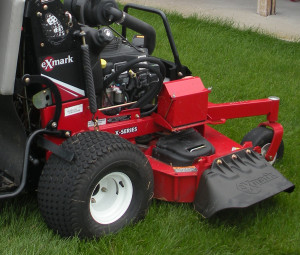
Proper tire pressure affects the safety, handling and reliability of your mower.
Fuel — Fuel that’s been sitting in the tank for an extended period should be drained and replaced with fresh fuel. Gasoline degrades in quality and can cause inconsistent starting and running performance. A fuel treatment or stabilizer can help the fuel stay fresh longer, and prevent the absorption of moisture by the fuel. Never use fuel that contains more than 10-percent ethanol in mowers, as higher percentage ethanol blends may lead to engine damage and/or performance issues.
- Tire pressure — Check the pressure on all pneumatic mower tires and fill them to the recommended pressure marked on the tire sidewall. Operation with too-low tire pressure is a safety issue, first and foremost, and it also compromises mower efficiency, performance and handling.
Spend some time with your mower in the shop now to ensure your mower is good to go when the grass is growing strong later this season. You’ll be thankful you did.
Service resources at Exmark.com:
- Exmark Service Tips (includes link to owner’s manual search)
- Exmark Maintenance Schedules (2014 and newer models)
- Exmark Quick Reference Parts




